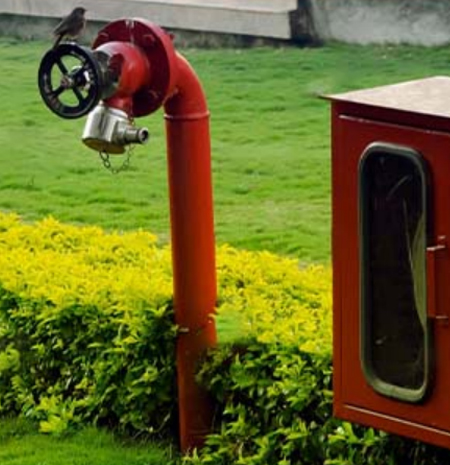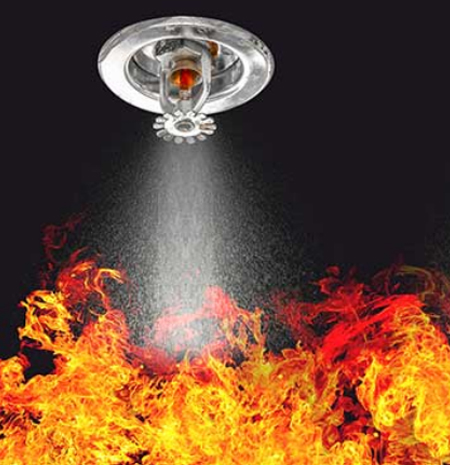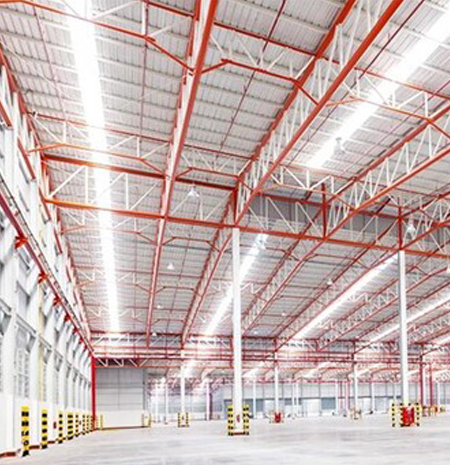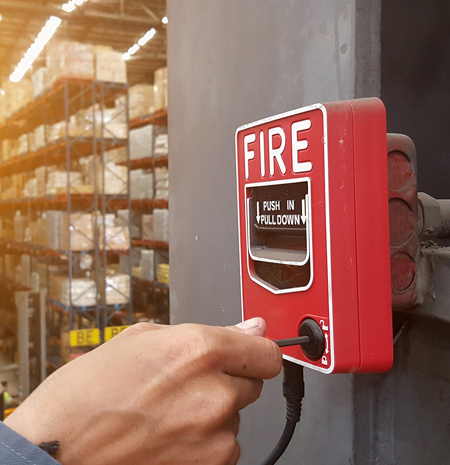Fire Fighting System
Fire Hydrant, Fire Sprinkler, ESFR Sprinklers, Fire Alarm And Detection Systems Services & Contractor in India.
NR Square Enterprises is a Mumbai based, contractor offering wide range of Firefighting, Fire Alarm, Public Address, CCTV, Access Control services with different agencies, Site Survey, Designing of all kinds of Fire Fighting systems, Preparation of BOQ / Tender.
Currently NR Square Enterprises is working with Semi Government & leading private organizations. Our strategy is to offer our clients the most dependable firefighting solutions and affordable services. We can offer a wide variety of high-quality services and installations across India as a dynamic leader.
We are Specialized in:
- All type of Industrial & Commercial Installations.
- Retail / Departmental Stores.
- All types of Warehouses (Distribution Centres, Private, Public, and Climate Controlled).
- Family entertainment centres (Gaming zones).
- IT / Security systems (CCTV, Fire Alarm, Access Control System)
- Annual Maintenance.
Fire Fighting System
A fire-fighting system, also known as a fire protection system, is a collection of equipment, devices, and procedures designed to detect, control, and extinguish fires. These systems are crucial for ensuring the safety of people and property in various settings, including residential, commercial, and industrial buildings.
Key components and features of Fire-fighting systems:
Fire Detection Systems: These systems include smoke detectors, heat detectors, flame detectors, and other sensors that can detect the presence of a fire. They are designed to trigger an alarm when a fire is detected, alerting occupants and initiating the fire-fighting process.
Fire Alarm Systems: Fire alarms are designed to provide audible and visual alerts to occupants in the event of a fire. They are typically connected to the fire detection system and can be manual or automatic. Manual fire alarms can be activated by pulling a manual call point, while automatic fire alarms are triggered by the detection system.
Fire Suppression Systems: These systems are designed to extinguish fires or control their spread. Different types of fire suppression systems are available, including:
- Sprinkler Systems: Sprinklers are the most common type of fire suppression system. They are made up of a system of pipes with sprinkler heads installed at various locations throughout a structure.. When a fire is detected, the heat activates the sprinkler heads, releasing water or other extinguishing agents onto the fire.
- Gaseous Suppression Systems: These systems use clean agents, such as carbon dioxide (CO2), FM-200, or inert gases like argon or nitrogen, to suppress fires. When a fire is detected, these systems release the gas into the protected area, displacing oxygen and suffocating the fire.
- Foam Systems: Foam suppression systems are effective for controlling fires involving flammable liquids. They generate and discharge foam onto the fire, forming a blanket that suppresses the flames and prevents re-ignition.
Fire Extinguishers: Portable fire extinguishers are an essential part of any fire-fighting system. They are typically placed at accessible locations throughout a building and are used to extinguish small fires. Different types of fire extinguishers are available, each designed for specific types of fires, such as Class A (ordinary combustibles), Class B (flammable liquids), Class C (electrical fires), and Class K (cooking oil fires).
Emergency Exit Routes and Signage: Fire-fighting systems should include clearly marked emergency exit routes and illuminated signage to guide occupants to safety during a fire emergency. These features are crucial for ensuring swift evacuation.
Fire Suppression Equipment: Fire-fighting systems may also include specialized equipment like fire hoses, fire hydrants, fire blankets, and fire-resistant doors. These additional components assist in manual fire suppression and control.
It's important to note that fire-fighting systems should be designed, installed, and maintained by professionals following relevant local fire codes and regulations. Regular inspections, testing, and maintenance are necessary to ensure the system's effectiveness and reliability.
Fire Fighting System application industries
Firefighting systems find applications in various industries where fire hazards are present or where the safety of personnel, equipment, and property is crucial. Some of the industries that commonly utilize firefighting systems include:
Commercial Buildings: Fire protection systems are essential in commercial buildings such as office complexes, shopping malls, hotels, and restaurants to ensure the safety of occupants and minimize property damage.
Industrial Facilities: Industries like manufacturing plants, chemical plants, refineries, power plants, and warehouses often have complex fire hazards due to the presence of flammable materials, hazardous processes, and machinery. Fire fighting systems are critical for controlling and suppressing fires in these environments.
Residential Buildings: Fire safety is vital in residential buildings, including apartments, condominiums, and housing complexes. Firefighting systems like smoke detectors, sprinkler systems, and fire extinguishers help protect residents and minimize fire-related risks.
Healthcare Facilities: Hospitals, clinics, nursing homes, and other healthcare facilities require fire fighting systems to safeguard patients, staff, and expensive medical equipment. These systems play a crucial role in containing fires and facilitating safe evacuations in case of emergencies.
Educational Institutions: Schools, universities, and research institutions often have fire safety regulations in place to protect students, faculty, and valuable educational resources. Firefighting systems are installed to prevent fires, detect smoke, and provide early warning systems.
ETransportation: Fire safety is essential in transportation sectors such as airports, train stations, ports, and bus terminals. Firefighting systems are deployed to protect passengers, cargo, and infrastructure in case of fire emergencies.
Oil and Gas Industry: Oil rigs, offshore platforms, petroleum refineries, and storage facilities deal with flammable substances, making fire protection systems critical for preventing accidents, controlling fires, and protecting personnel and assets.
Data Centres: house valuable electronic equipment and servers, making fire protection systems necessary to mitigate fire risks and prevent catastrophic damage to data and infrastructure.
Warehousing and Logistics: Large warehouses, distribution centres, and logistics facilities can be prone to fire hazards due to the storage of flammable materials, packaging, and electrical systems. Firefighting systems are employed to reduce the risk of fire and limit its spread.
Museums and Cultural Heritage Sites: Museums, art galleries, historical buildings, and archives require fire protection systems to safeguard priceless artifacts, valuable artwork, and cultural heritage from the threat of fire.
Firefighting systems are used in many other industries and settings where fire safety is paramount.




